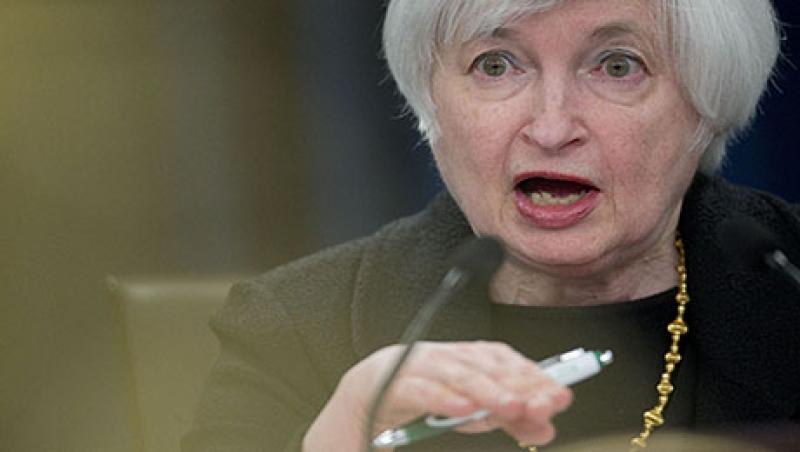
Janet Yellen, chair of the U.S. Federal Reserve, speaks during a news conference following a Federal Open Market Committee (FOMC) meeting in Washington, D.C., U.S., on Thursday, Sept. 17, 2015. Federal Reserve officials left interest rates unchanged, opting to delay an increase amid stubbornly low inflation, an uncertain outlook for global growth and recent financial-market turmoil. Photographer: Andrew Harrer/Bloomberg *** Local Caption *** Janet Yellen
Andrew Harrer/Bloomberg

